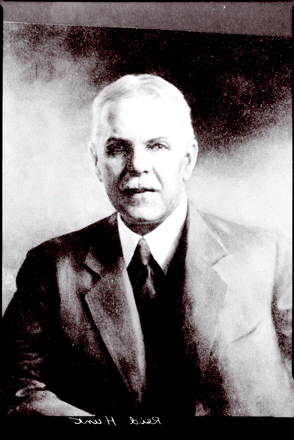ASPET celebrates its centennial anniversary
1900–1910
THE NEW TIME
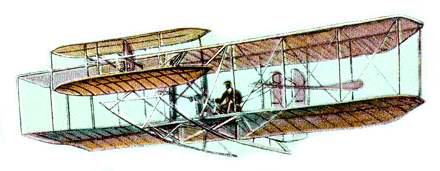
Technological and theoretical advances from the first decade of the century changed our concept of time and space. Motorized flight, beginning with the rational design and systematic experiments of Orville and Wilbur Wright in 1903, engendered the nation’s passion for twentieth-century “progress.” (Soon thereafter, the nation’s dismay over “progress” would be engaged by the dysfunction of the Brothers’ patent disputes against rival aviators.) Albert Einstein’s description of relativity, in 1905, suggested that the human brain had the power to crack any mystery it chose to think about.
THE NEW ART
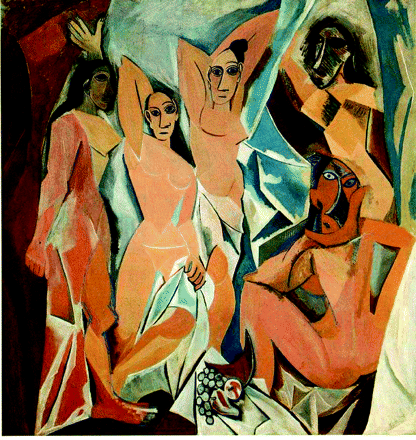
In art, the new curiosity about time and space was expressed by the Cubists, who pointedly challenged traditional spatiotemporal perspectives. In Les Demoiselles d’Avignon (1907), widely regarded as the world’s first Cubist painting, Picasso addressed his own anxieties about one of the major medical concerns of the time, namely, venereal disease. Serologic testing within urban centers at the time estimated the rate of syphilis in men to run in the double digits.
A NEW DRUG
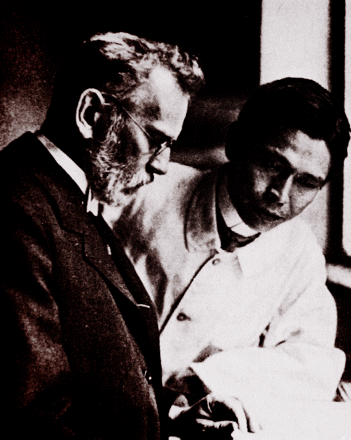
Around the time that Picasso finished Les Demoiselles, Paul Ehrlich and his colleague Sahachiro Hata set a landmark in drug research by developing a treatment for syphilis that was based on chemical modification of atoxyl, an arsenic- containing compound, in concert with in vivo analysis. After 605 compounds were found unsatisfactory, compound 606 proved to be Ehrlich’s Zauberkugel (i.e., “magic bullet,” the phrase first used in chemotherapy by Ehrlich himself). The drug was marketed as Salvarsan by Hoechst (now Aventis) in 1910.
NEW SAFEGUARDS
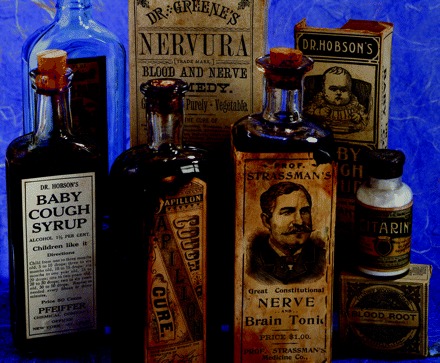
After decades of quackery and unscrupulous commodification of alleged tonics and cures, along with recognition of unsanitary conditions and the use of toxic substances in the food preparation industry, the Federal Food and Drugs Act was passed and signed by Theodore Roosevelt in 1906. The Food and Drug Administration consequently became the law enforcement agency to oversee the interstate commerce of drugs. At the end of the decade, the newly-chartered Carnegie Foundation published the very thorough Flexner report, which observed within the medical community “an abundance of ill-trained men.” The Flexner report catalyzed the modernization of medical education, appreciated the essential role of pharmacology in modern medicine, and exhorted the medical community to adhere to high standards of science and education.
A NEW DISCIPLINE, A NEW PROFESSION
In 1902, in accordance with an act of Congress, a Division of Pharmacology was founded and placed under the direction of Reid Hunt at the Hygienic Laboratory, the precursor to the National Institute of Health. At the very vanguard of the new discipline, Hunt was typically involved in a range of studies, including the biological effects of alcohol. Hunt is credited with making the dangers of methanol poisoning known to the American medical community in 1902. In 1906, he would discover acetylcholine in adrenal extracts. Hunt had previously served on the faculty at Johns Hopkins University under John Jacob Abel, the very first Professor of Pharmacology in the US (c 1890, University of Michigan) and founder of the Department at Johns Hopkins Medical School.
On December 28, 1908, John Jacob Abel founded the American Society for Pharmacology and Experimental Therapeutics (ASPET) with twenty-eight charter members. Within six months of its founding, the Society published the first issue of the Journal of Pharmacology and Experimental Therapeutics.
- © American Society for Pharmacology and Experimental Theraputics 2007

